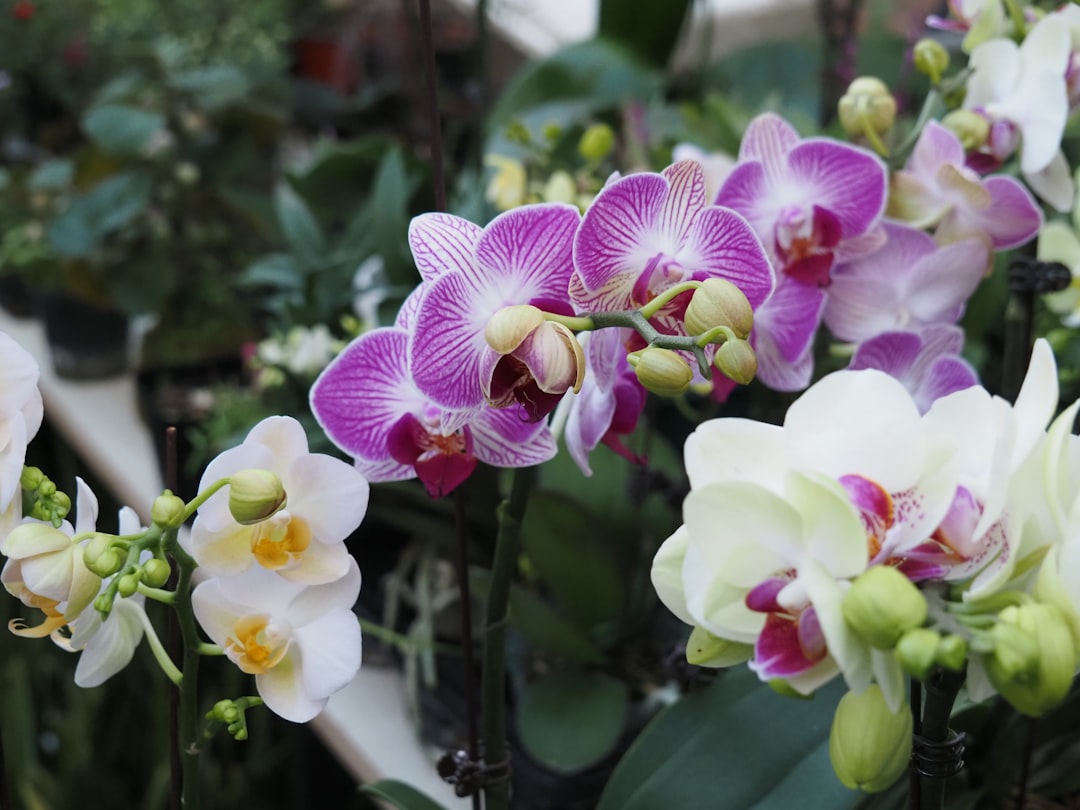Unveiling the Wonders of the Black Gum Tree: A Gardener's Guide

The black gum tree, also known as Nyssa sylvatica, is a remarkable native shade tree that brings a touch of brilliance to any garden, especially during the fall season. With its stunning fall foliage and numerous benefits, it has become a popular choice among gardeners. In this article, we will explore the essential planting and care tips for growing a black gum tree.
### Planting the Black Gum Tree
When it comes to planting a black gum tree, the first step is to choose the right location. These trees thrive in full sun to partial shade, so select a spot in your garden that receives at least 6 hours of sunlight per day. The soil should be well - drained, acidic, and rich in organic matter. Black gum trees are adaptable to a variety of soil types, including loam, sand, and clay, but they prefer moist conditions.
Before planting, dig a hole that is two to three times wider than the root ball of the tree and just as deep. Gently remove the tree from its container and loosen the roots. Place the tree in the hole, making sure that the top of the root ball is level with the surrounding soil. Backfill the hole with soil, tamping it down gently to remove any air pockets. Water the tree thoroughly after planting to help settle the soil around the roots.
### Watering and Fertilizing
Proper watering is crucial for the health of a black gum tree, especially during its first few years of growth. Newly planted trees should be watered deeply once or twice a week, depending on the weather conditions. During dry spells, increase the frequency of watering to keep the soil consistently moist. However, be careful not to over - water, as black gum trees do not tolerate waterlogged soil.
Fertilizing the black gum tree can also promote healthy growth. Apply a balanced, slow - release fertilizer in the spring, following the manufacturer's instructions. Avoid fertilizing in the fall, as this can stimulate new growth that may be damaged by winter cold.
### Pruning and Maintenance
Pruning is an important part of black gum tree care. Prune the tree in late winter or early spring while it is still dormant. Remove any dead, damaged, or diseased branches, as well as any branches that are crossing or rubbing against each other. This will help improve the tree's structure and overall appearance.
Black gum trees are relatively low - maintenance, but they may be susceptible to certain pests and diseases. Keep an eye out for common pests such as aphids, scale insects, and spider mites. If you notice any signs of infestation, treat the tree with an appropriate insecticide or use natural pest control methods.
### Fall Color and Benefits
One of the most appealing features of the black gum tree is its brilliant fall color. In the autumn, the leaves turn a vibrant mix of red, orange, and purple, creating a stunning display in the garden. This makes the black gum tree an excellent choice for adding seasonal interest to your landscape.
In addition to its aesthetic value, the black gum tree also provides ecological benefits. It is a host plant for several species of butterflies and moths, and its fruits are a food source for birds and other wildlife. The tree's deep roots help prevent soil erosion, making it a valuable addition to any garden or natural area.
### Conclusion
Growing a black gum tree can be a rewarding experience for gardeners. By following these planting and care tips, you can ensure that your black gum tree thrives and provides years of beauty and enjoyment. Whether you are looking for a shade tree, a source of fall color, or a plant that supports wildlife, the black gum tree is an excellent choice.